









utwo:
Beautiful I C E L A N D by :
© Louis-Charles Buyck
from Tumblr https://somar78.tumblr.com/post/669445458757926912










utwo:
Beautiful I C E L A N D by :
© Louis-Charles Buyck
The Goggomobil Dart is a car almost entirely unknown outside of its native Australia. The Dart was developed in 1958 using the German Goggomobil microcar as its platform. A sleek, lightweight body was designed and manufactured using fiberglass which was then installed onto the Goggomobil chassis.
Despite the relatively short 1959 to 1961 production run, over 700 Goggomobil Dart bodies were built, and they’re now more common in Australia than the original Goggomobil they’re based on.
The Goggomobil series of microcars were a German post-WWII answer to vehicles like the Fiat 500, Iso Isetta, Citroen 2CV, and to some extent, the Messerschmitt KR200.
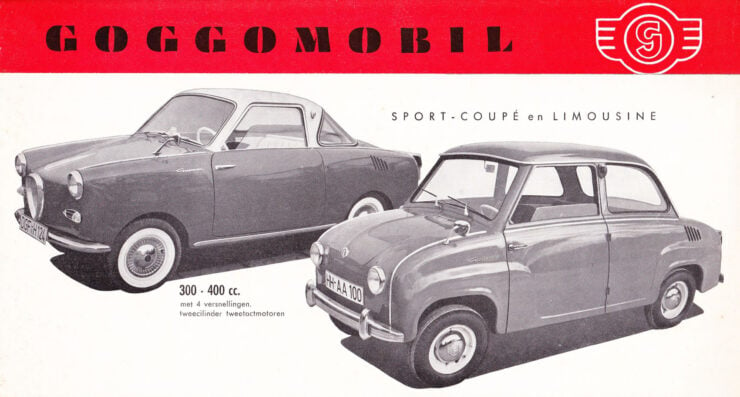
This is a period advertisement for the Goggomobil TS series and T series (from left to right). The TS series was more luxurious and cost a little more, however the T series vastly outsold it.
The first in this series was the Goggomobil T250, it was introduced by German automaker Glas at the 1954 IFMA International Bicycle and Motorcycle Show as a transportation option that wasn’t that much more expensive than a regular motorcycle.
Post-WWII Europe was beset by austerity and the depressed economic situation meant that many people who needed cars for transport simply couldn’t afford them. This led to the skyrocketing popularity of motor scooters from companies like Vespa and Lambretta, and small-capacity motorcycles from companies like Iso and Ducati.
Another popular solution was microcars, tiny little automobiles that were often powered by motorcycle or scooter engines and typically had space for just two adults. These microcars offered protection from the elements which was particularly welcome in wet weather and during the long European winters.
German automaker Glas had started out making tractors before diversifying into motor scooters, microcars, and full-sized automobiles. After showing their new Goggomobil T250 to the public in 1954 the company found they struggled to keep up with demand.
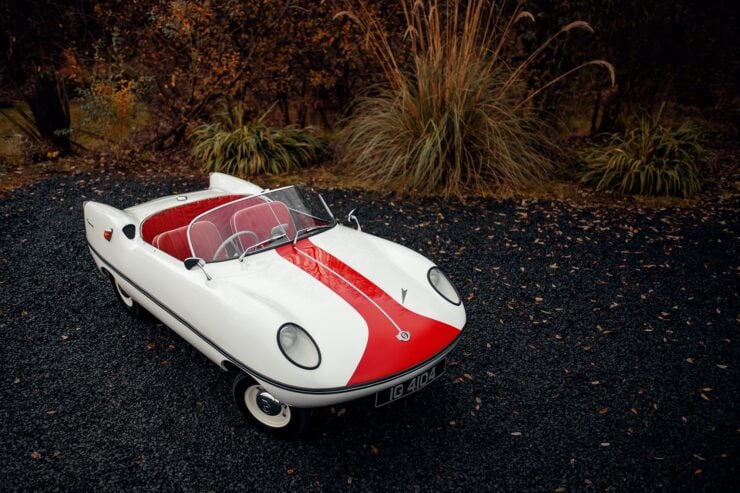
Weighing just 380 kilograms or 840 lbs the tiny Dart is powered by a two-cylinder, two-stroke engine mounted in the rear.
Goggomobil production would run from 1955 right the way through until 1969, a number of models were offered including the T250, T300, and T400, and the more upmarket TS 2+2, TS250, TS300, and TS400.
Over 280,000 Goggomobils were built during this time and only a tiny fraction of that number have survived to the modern day in the care of collectors and museums.
The Goggomobil Dart is a uniquely Australian design developed by Bill Buckle through his company Buckle Motors Pty Ltd. based in Sydney. Buckle was a Goggomobil importer who developed a few unusual new fiberglass bodies for Goggomobil chassis. The most famous of these by far is the Goggomobil Dart.
In the 1950s there had been a surge in the use of fiberglass for automobile bodies both by major automakers themselves and by low volume sports car builders, particularly in the United States. It’s likely that these low volume production companies are what inspired Bill Buckle to create the Dart.
Each Goggomobil Dart began as the rolling powered chassis of either the Goggomobil T300 or T400 model, they key difference being the engine size of either 300cc or 400cc. Buckle’s unique Dart body was then fitted to the chassis and equipped with all the essentials like seats, a windscreen, and a basic fit out.
Above Video: This is a short film on the Goggomobil Dart by Barcroft Cars in Australia, it gives some additional history on the car and it includes footage of it being driven.
The Dart tipped the scales at just 380 kilograms or 840 lbs, it could accommodate two people, and the top speed was up to 53 mph (85 km/h) depending on engine specification and passenger weight.
Ultimately the Dart was never a serious performance car, but it was an incredibly fun sports car that remains very popular in Australia with devout fanbase.
The car you see here is one of very few that has been exported out of Australia, specifically to Northern Ireland in this case. This example is from the first year of production and it’s being offered out of 28-year ownership by the current owner.
This car is powered by the more powerful 392cc version of the two-stroke, two-cylinder engine which sends power to the rear wheels via a 4-speed manual transmission.
Since its recent restoration this Dart has covered just 170 shakedown miles and it’s now being offered for sale.
If you’d like to read more about it or place a bid you can click here to visit the listing.
Above Video: This Telstra advertisement for the Yellow Pages business directly can be quoted verbatim by any Australian over the age of 30. It made the car famous all over again when it started airing in the early 1990s.
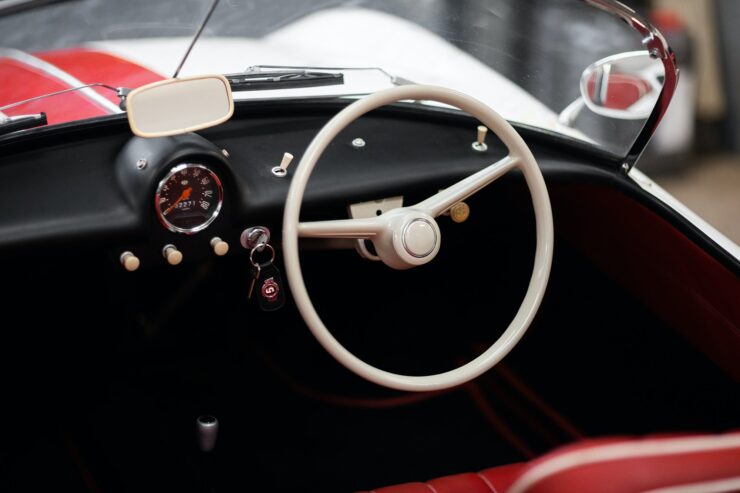
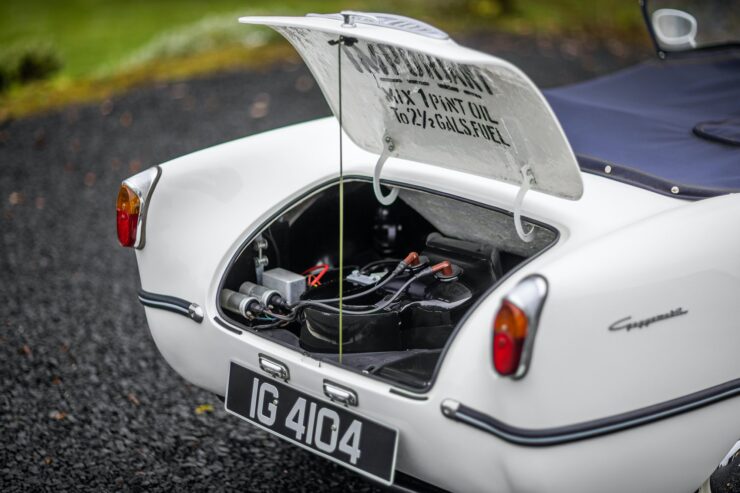
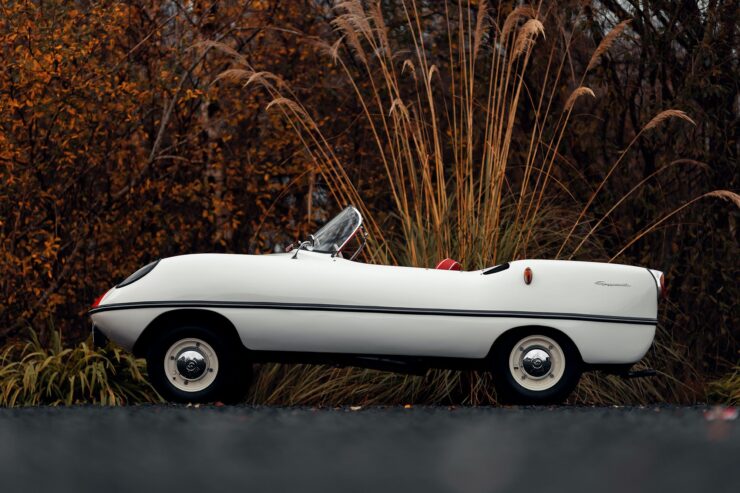
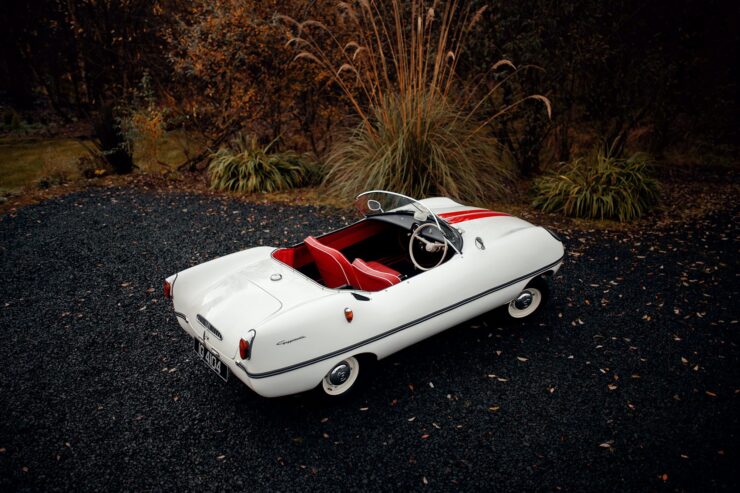
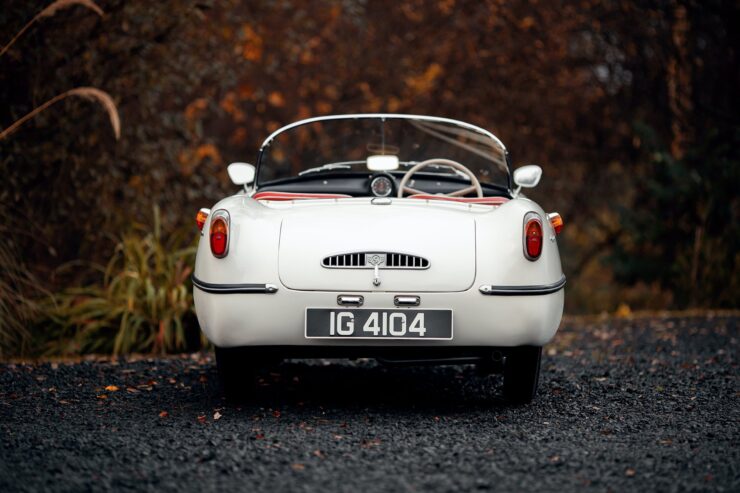
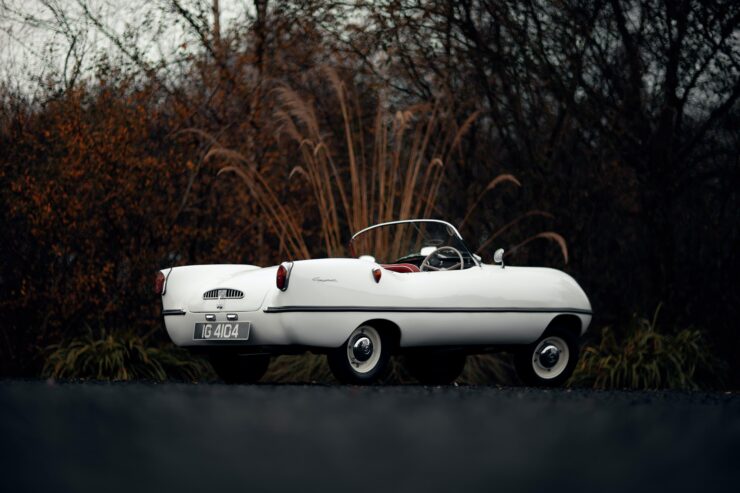
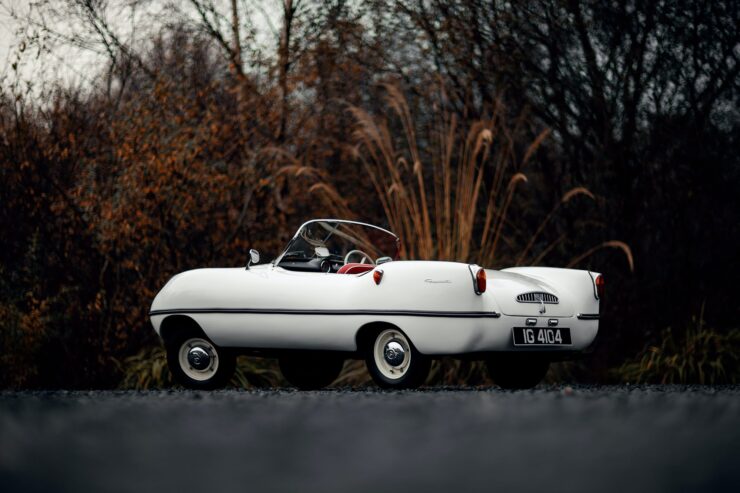
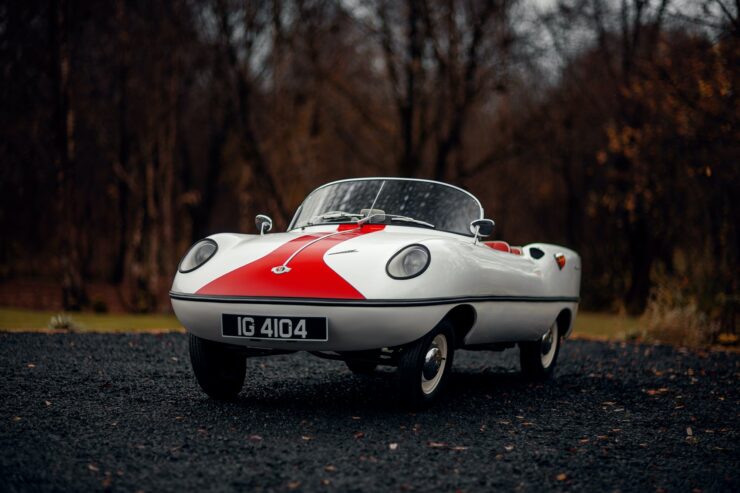

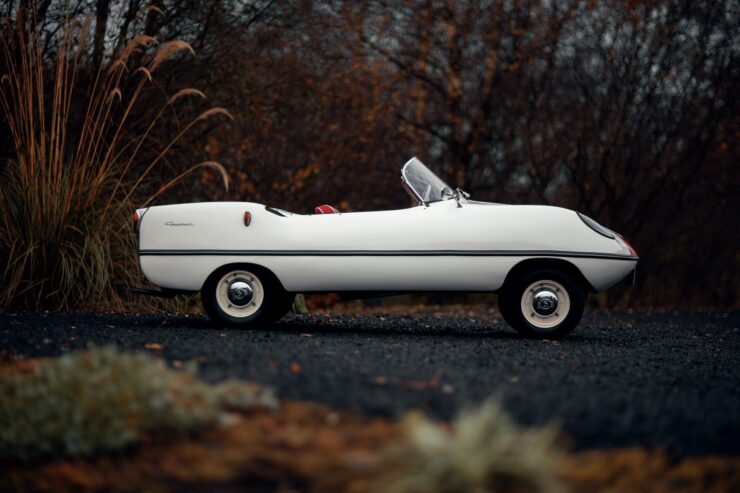

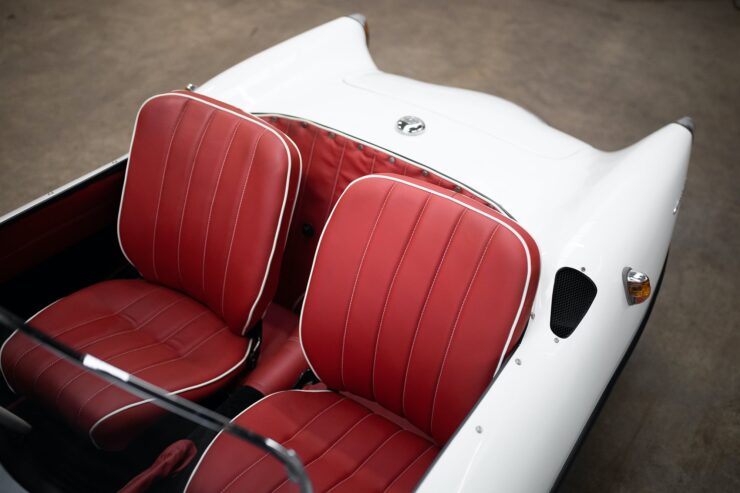
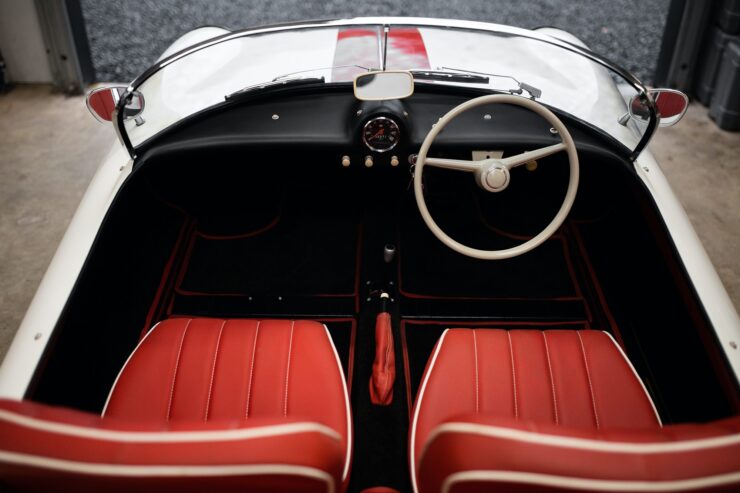
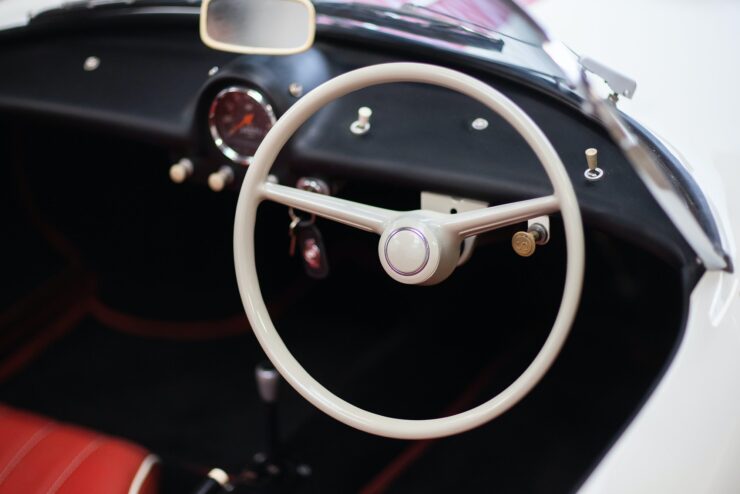
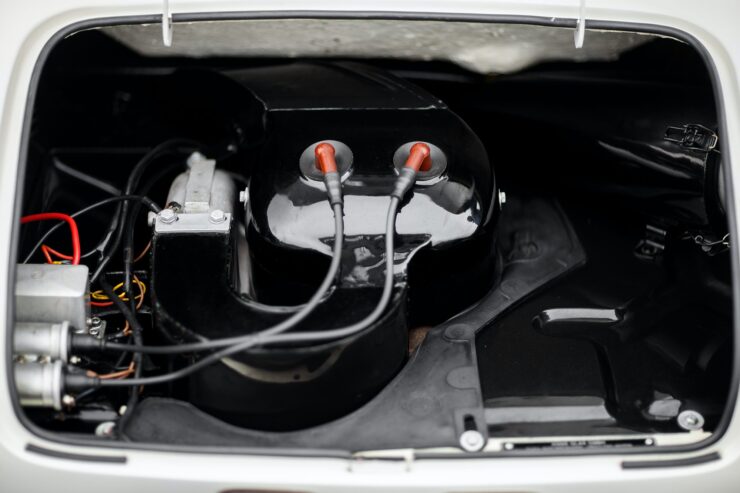
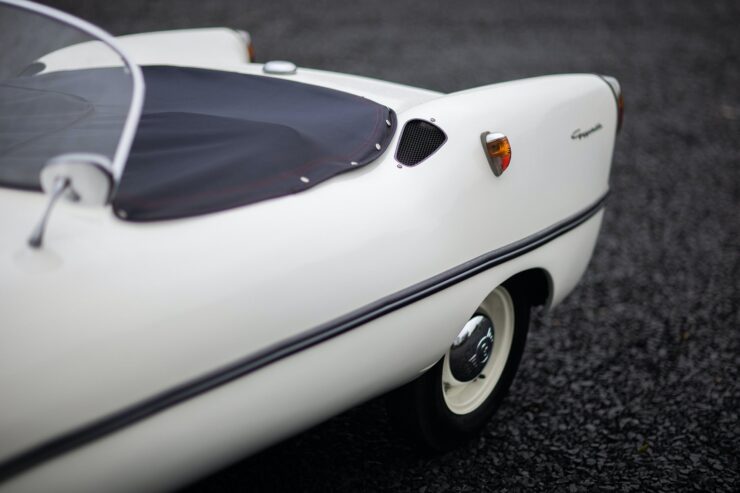
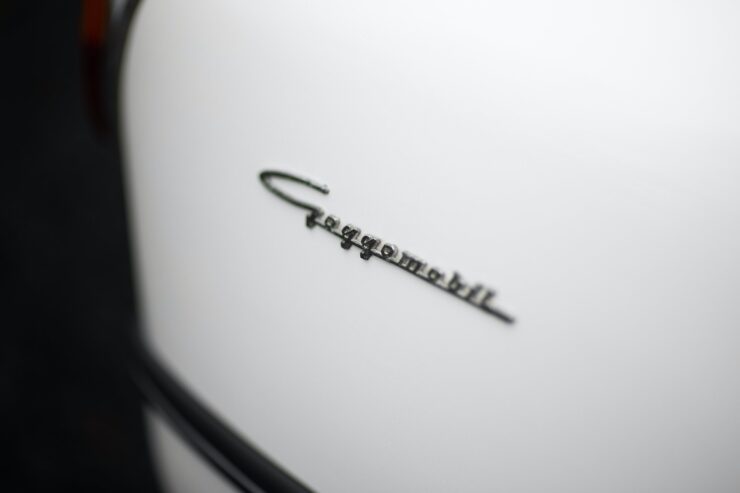
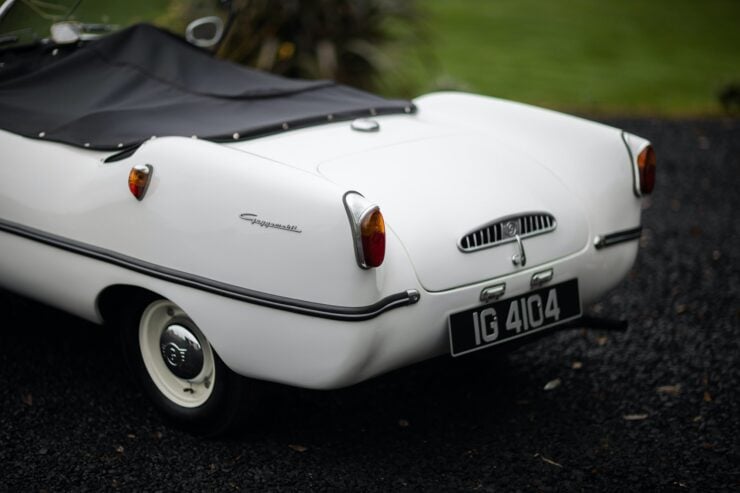
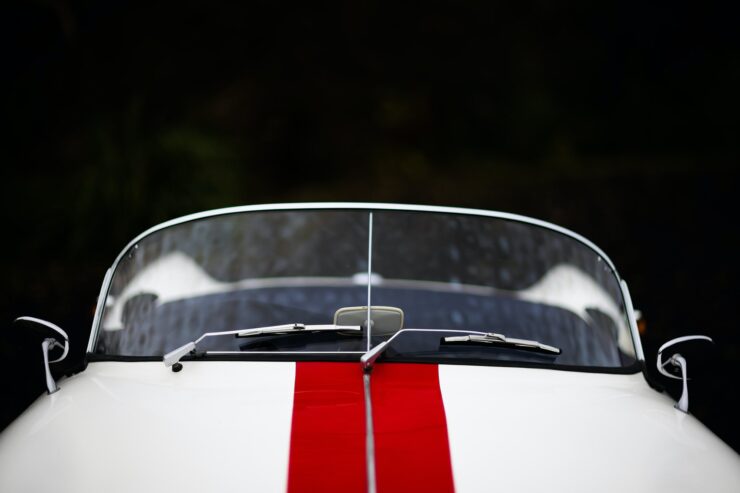
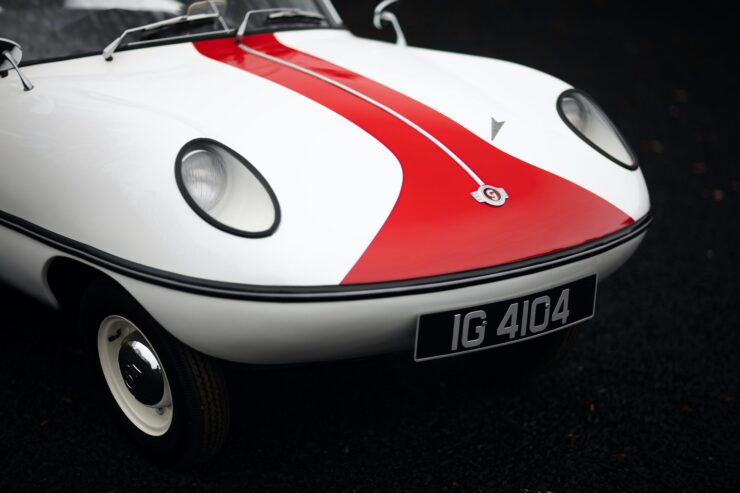
Images courtesy of Collecting Cars
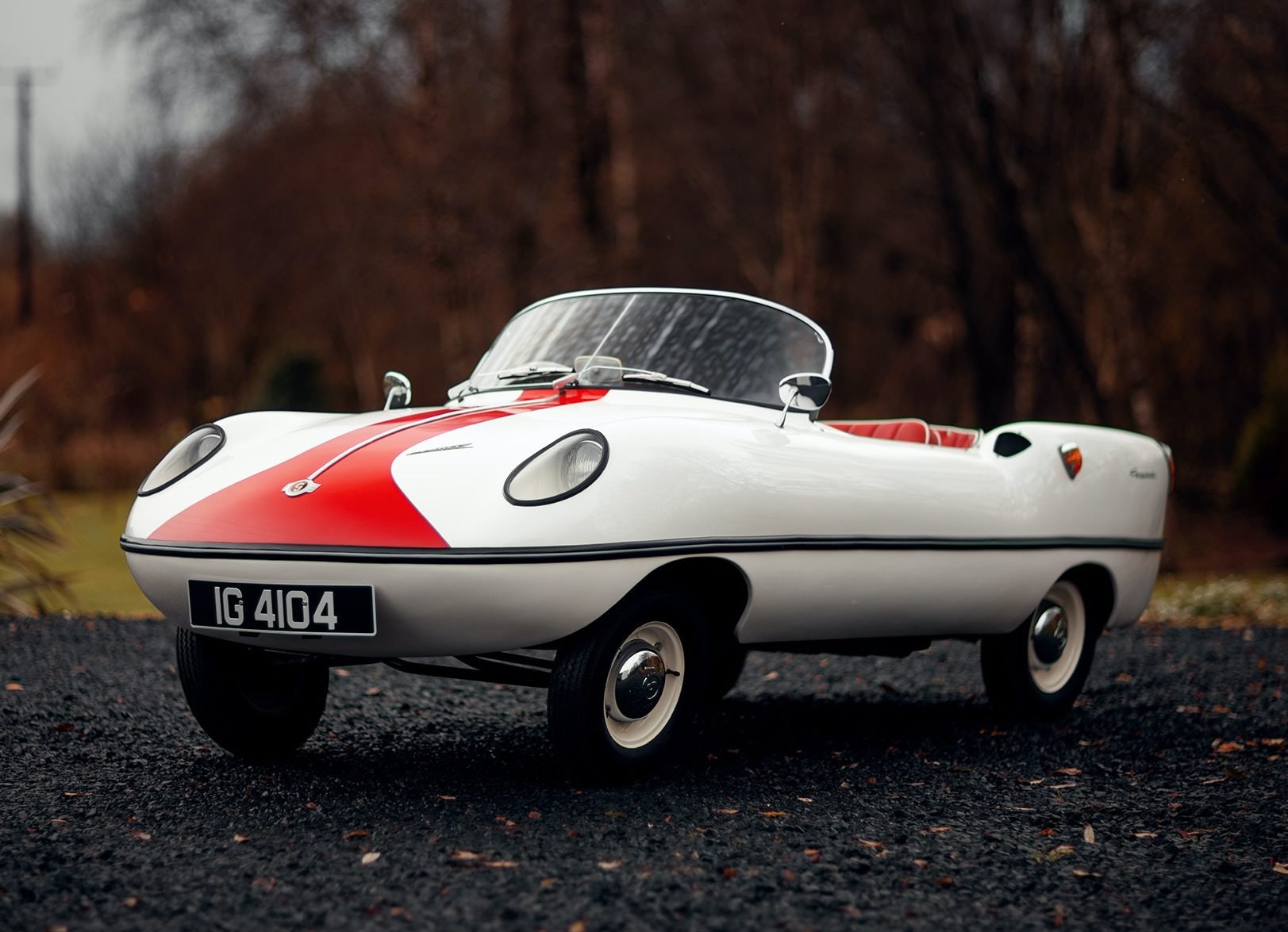
The post The Goggomobil Dart – An Unusual Australian Micro Sports Car appeared first on Silodrome.
The Ginetta G32 is an 80s sports car that remains entirely unknown to most, even those who thought their youngtimer car trivia was infallible.
At first the styling of the G32 often leads people to think it’s a Toyota MR2 or a Toyota MR2-based vehicle. It isn’t. This is a completely new car designed and built by Ginetta in England from 1989 until 1992.
Ginetta Cars was founded in 1958 in Suffolk, England by four brothers – Bob, Ivor, Trevers, and Douglas.
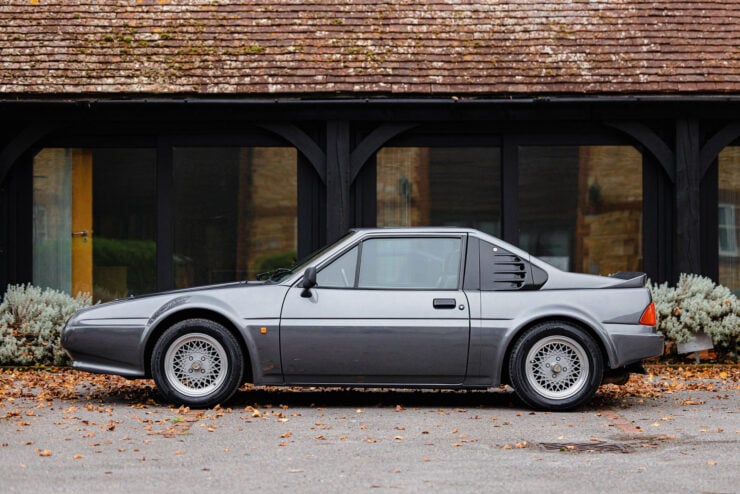
The styling of the G32 has been compared with the Toyota MR2, however it was actually influenced by the Ginetta G25 that pre-dated the Japanese sports car by a year.
The first car built by Ginetta was the G1, a very simple two-seat design based on a Wolseley Horne chassis. The G1 would set the fundamental design ethos of the company for lightweight sports cars made to a budget, typically affordable to everyday people.
The first production car was the Ginetta G2, a kit car with a tubular steel chassis, an alloy body, and Ford running gear. After the G2 would come the G3 with its fiberglass body, this would be the material used for almost all Ginettas going forwards due to its ease of fabrication, low cost, and low weight.
In 1983 the company showed the Ginetta G25 for the first time, a new model with a far more modern, angular styling than its predecessors. This model would be followed by the G26 with similar styling, and both of these would directly influence the mid-engined Ginetta G32 released in 1989.
The Ginetta G32 is a two-seater coupe or convertible with a mid-engined configuration designed by Ivor Walklett and released in 1989 as a production sports car.
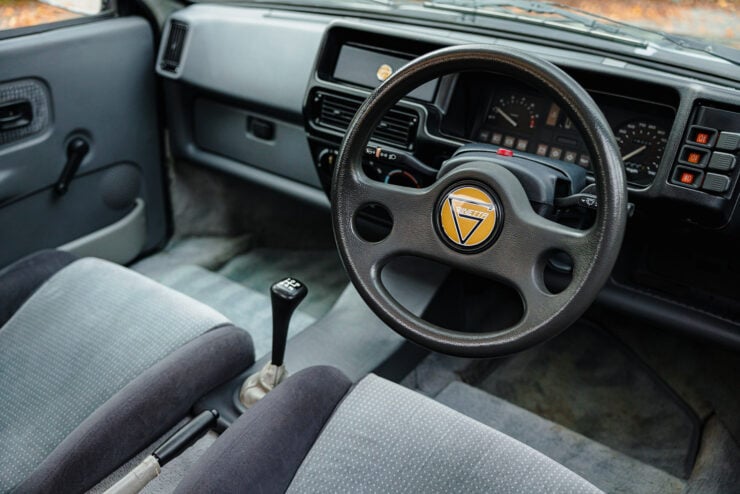
The interior is well-appointed by the standards of low-volume sports cars from the 1980s. Many Ford parts are used which makes sourcing spares far easier that it would otherwise be.
The company’s had high hopes for the G32, an advanced car with modern styling they hoped would help save the company.
The structural design of the G32 was somewhat similar to earlier Ginetta cars, it has a steel chassis with a steel safety cage around the two occupants. A fiberglass body is fitted over the top, and the car makes use of many parts from larger manufacturers to help keep costs down.
Power was provided by up to three engine options including the 1600cc Ford four-cylinder unit with a carburetor, the same engine with fuel-injection, a turbo version of the 1600cc engine, or the slightly larger 1900cc engine with fuel-injection.
All cars used a manual 5-speed transmission sending power to the rear wheels, and the car was fitted with independent suspension on all four corners, and four wheel disc brakes.
Ginetta’s hopes for the G32 would unfortunately not come to fruition, just 115 examples were made before the company ceased production, facing significant financial difficulties.
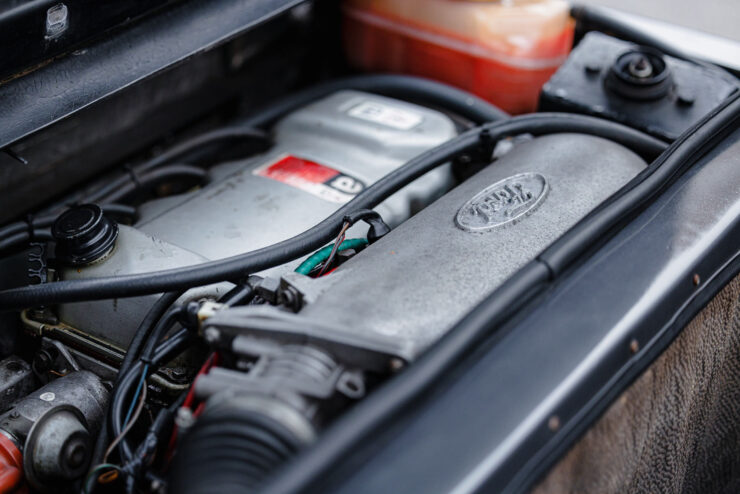
This car is fitted with a transversely-mounted Ford XR3i engine producing 135 hp – good for a 0 to 60 mph time of 8.2 seconds and a top speed of 120 mph.
The 115 cars that were built are now the subject of much curiosity when they attend shows and cars and coffee events, with very few people able to identify them on sight due to their rarity.
The car you see here is a Ginetta G32 hardtop from 1989, the first year of production. It’s one of 97 coupes that were made, with the other 18 being convertibles.
Interestingly, this is one of the G32s that were used as a media demonstrator car, it was used in a number of period magazine tests and it’s featured on the front cover of the G32 brochure.
Many of the components were sourced from the Ford Fiesta or the Ford Escort, and it’s powered by the Ford XR3i engine. This typically works in the owner’s favor as it makes sourcing spare parts considerably easier.
With a weight of just 807 kilograms (1,779 lbs) and 135 bhp with 107 lb ft of torque the car can do the 0 to 60 mph dash in 8.2 seconds and on to a top speed of 120 mph.
This G32 is currently being offered for sale in a live auction by The Market by Bonhams, if you’d like to read more about it or register to bid you can click here to visit the listing.
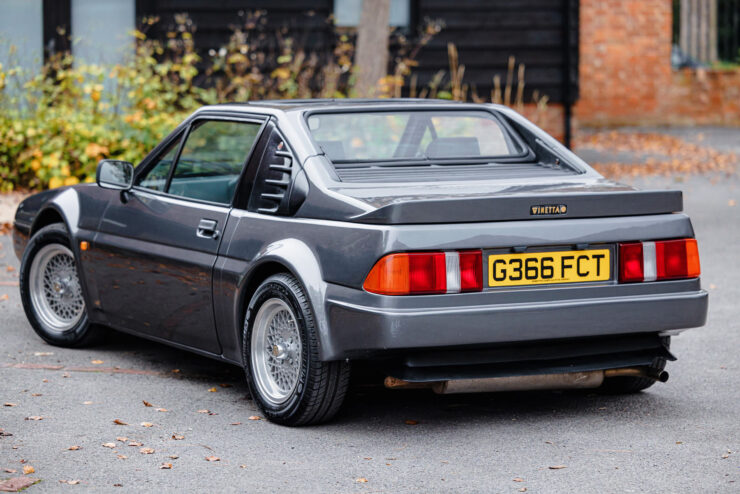
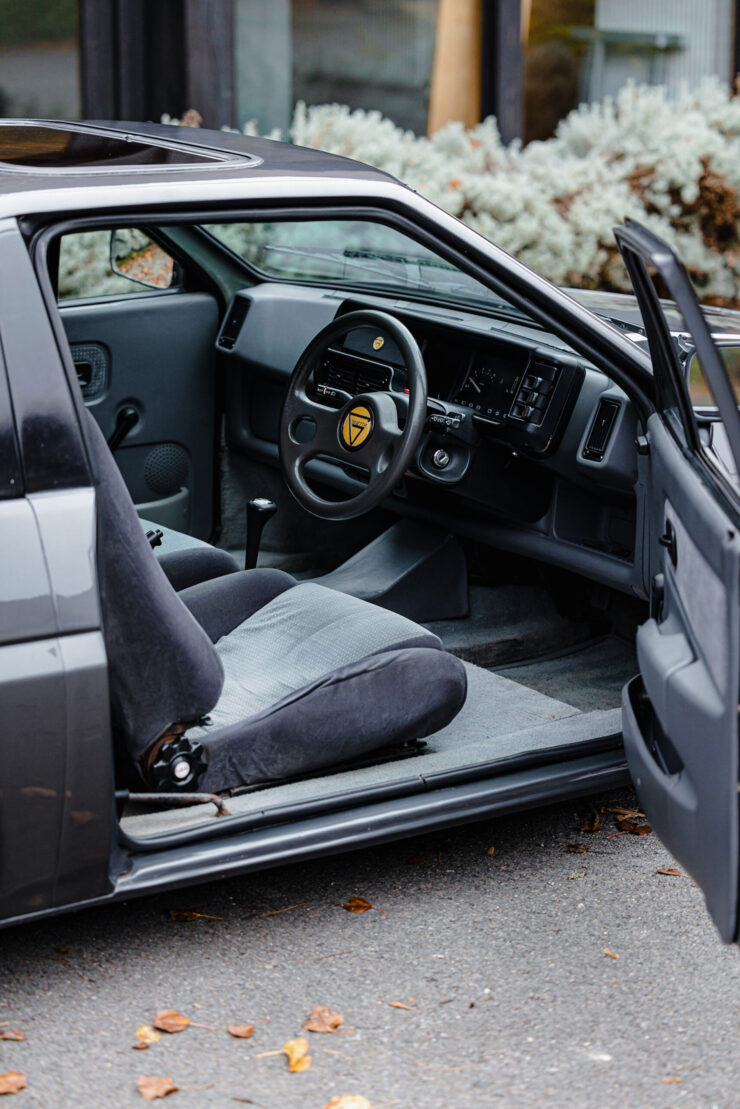
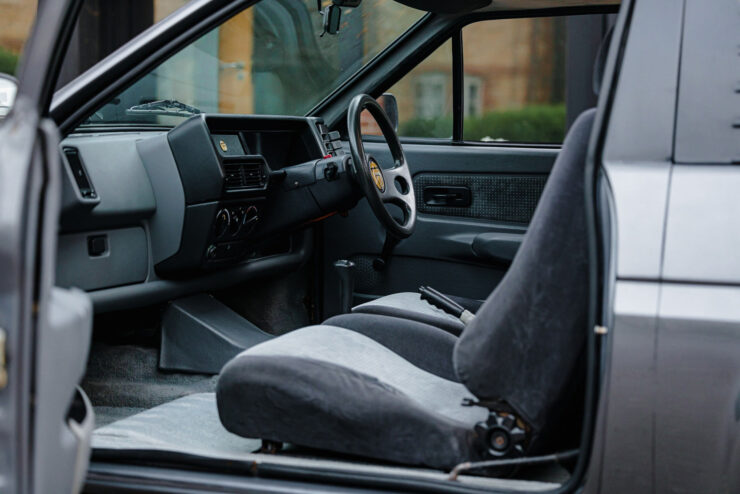
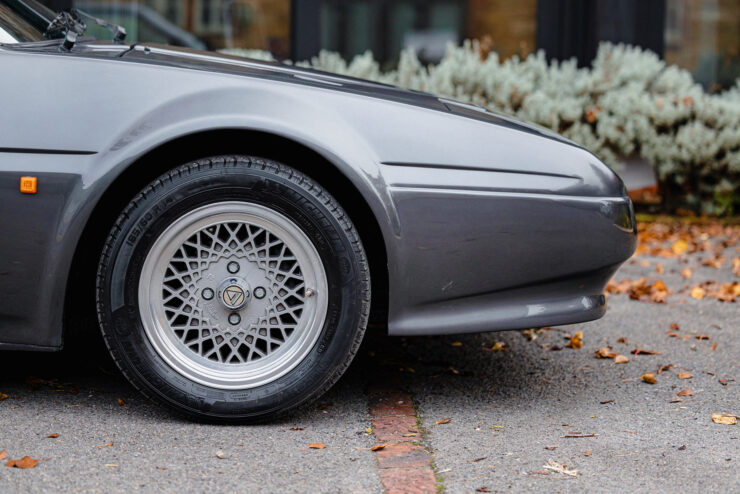

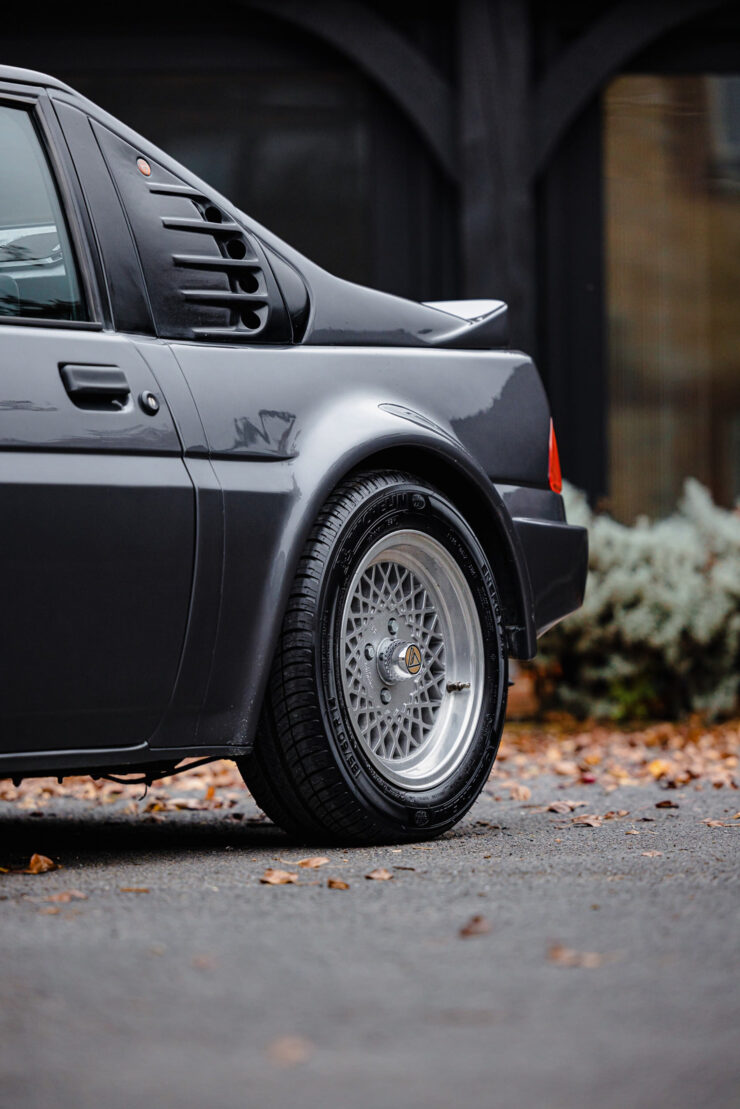
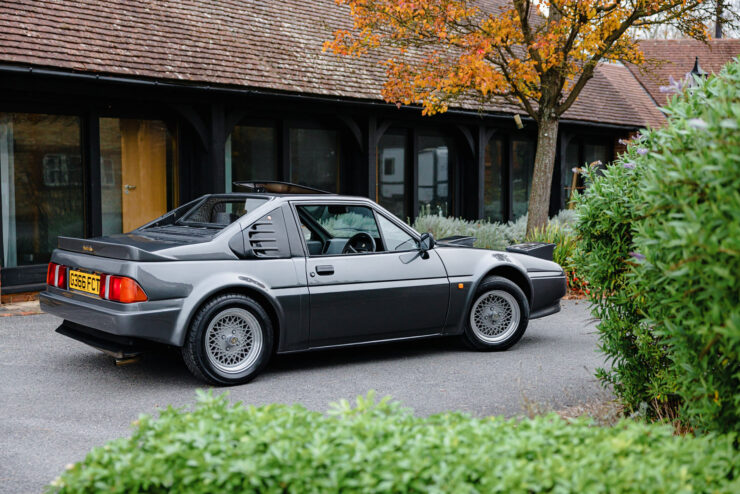
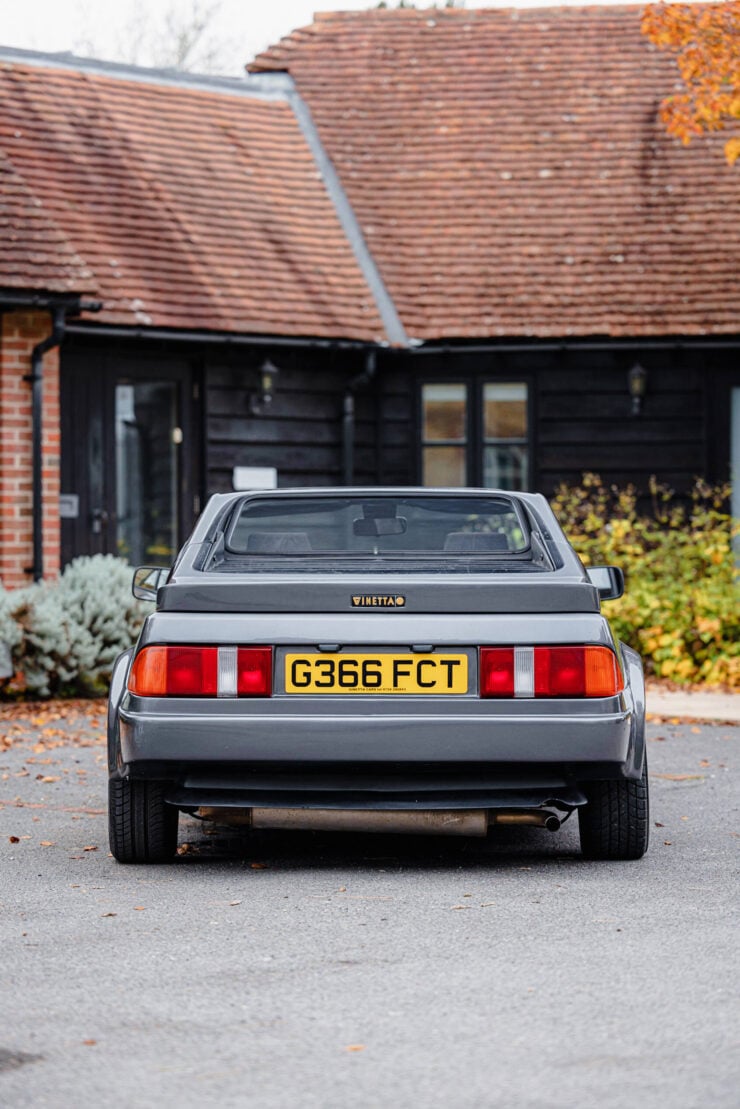

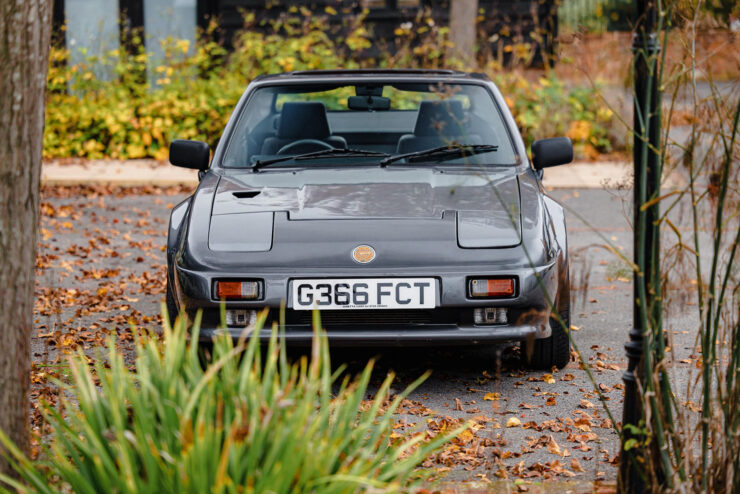
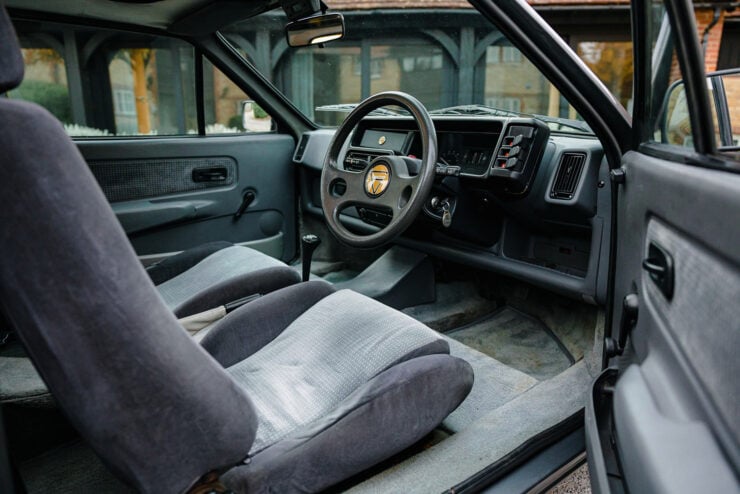
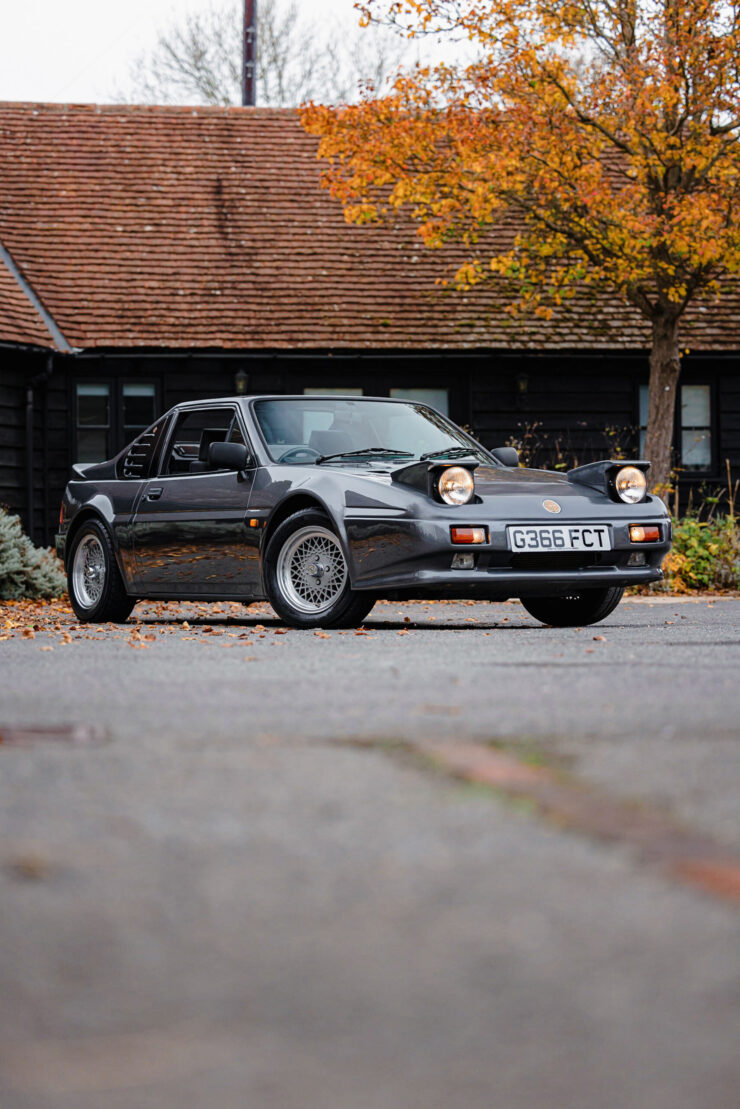
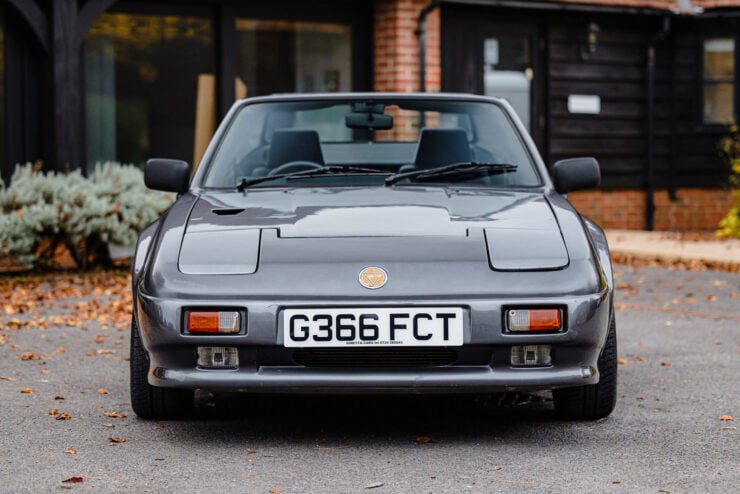
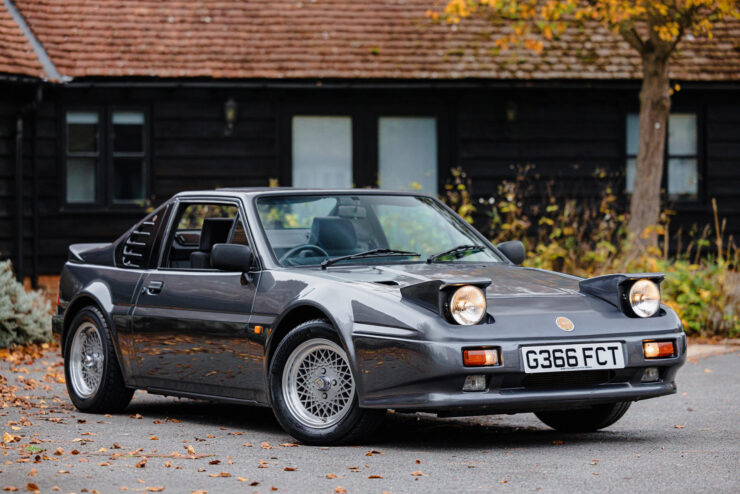
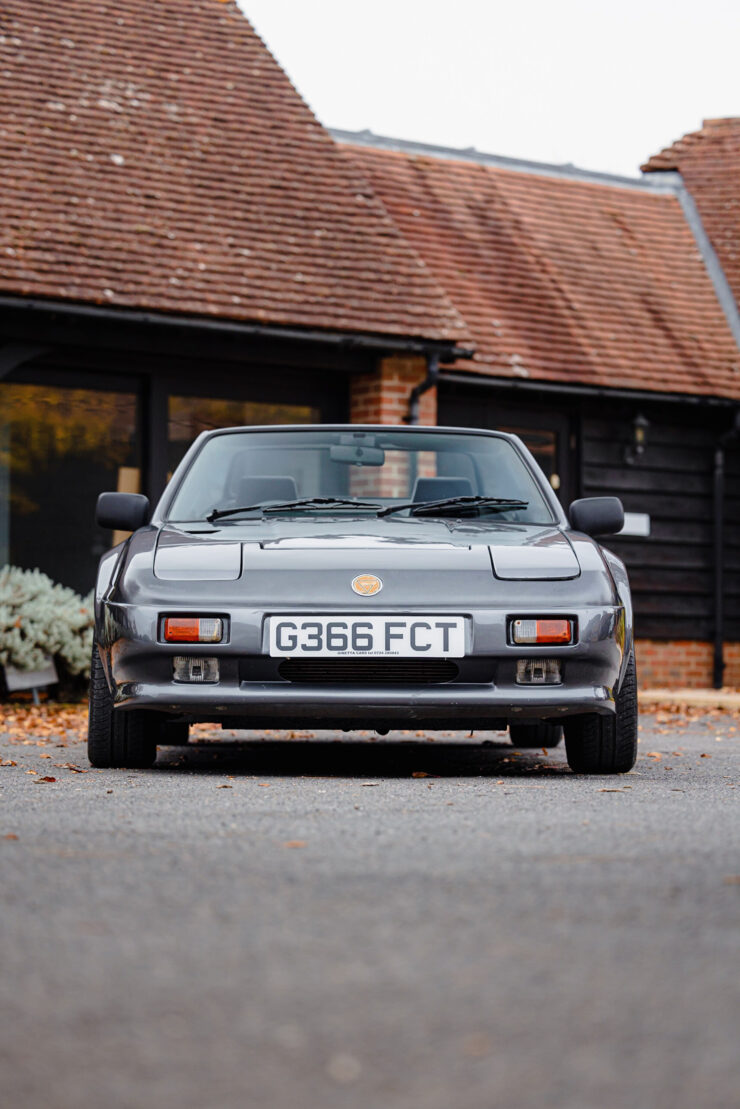
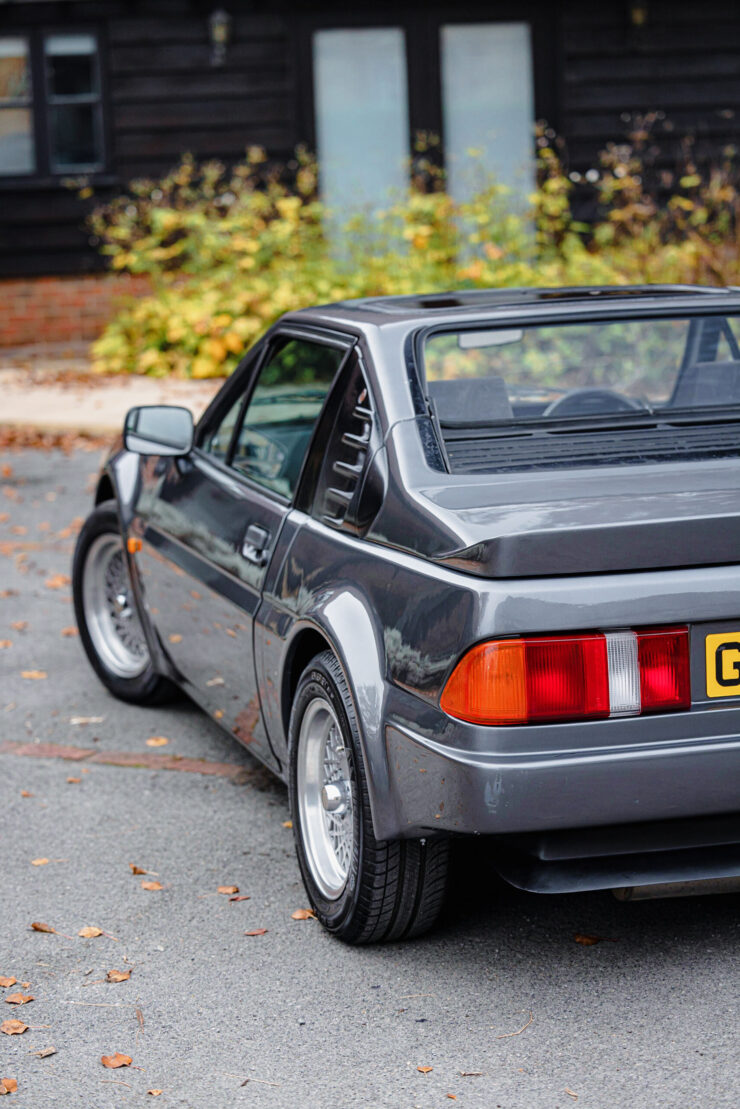
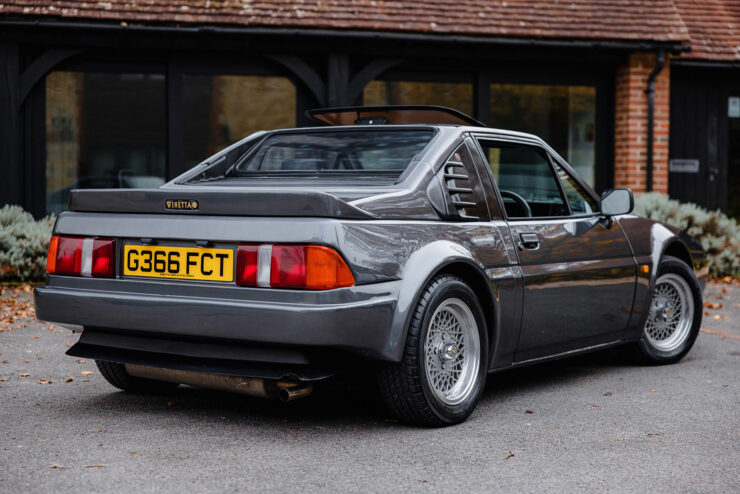
Images courtesy of The Market by Bonhams
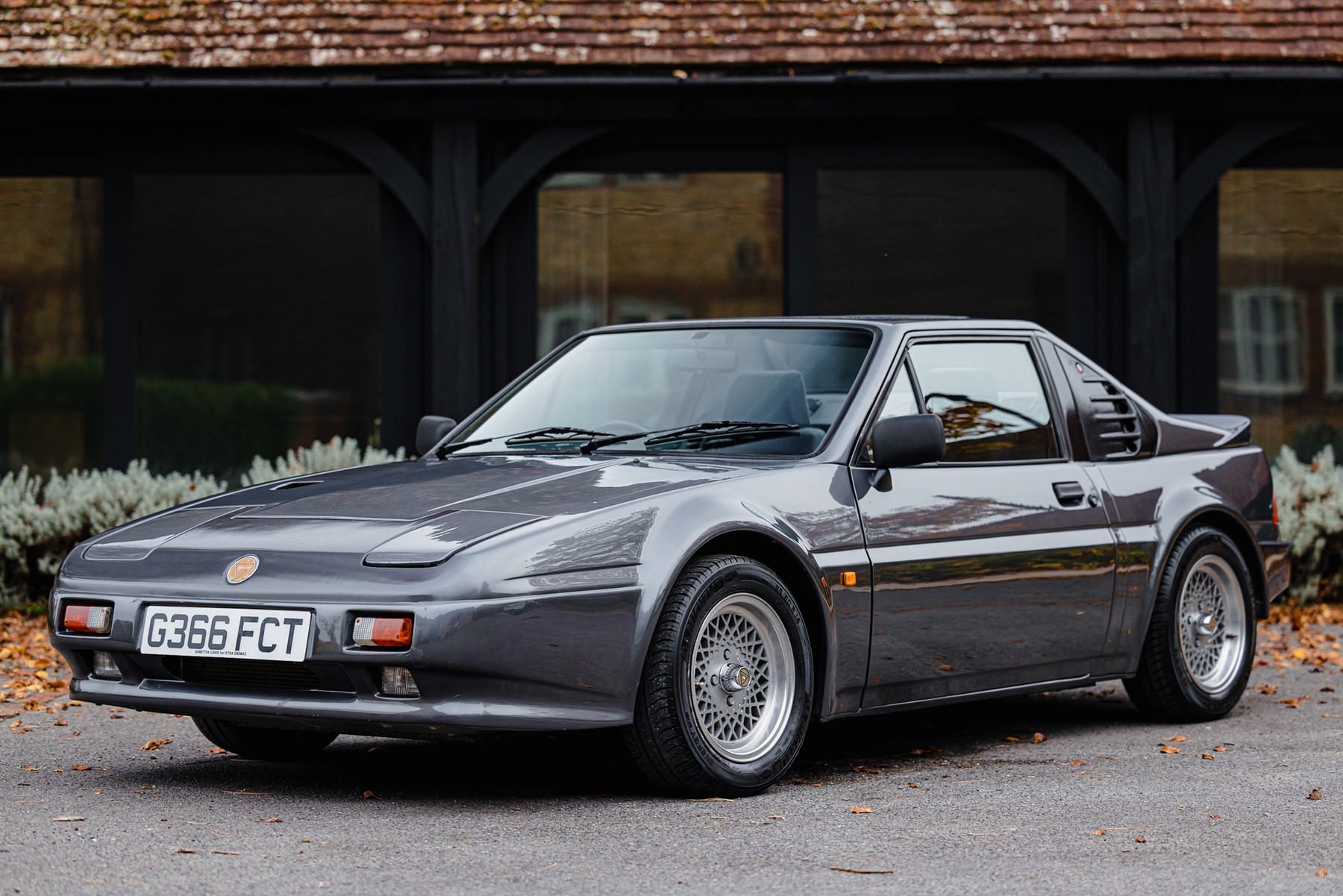
The post The Rare Ginetta G32 – A Little Known Mid-Engined 80s Sports Car appeared first on Silodrome.